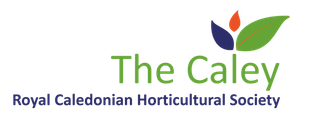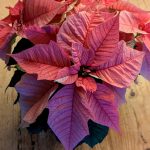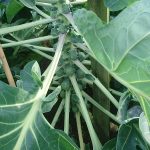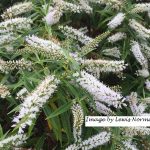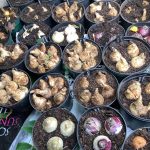Caley Queen Bee
What a treat this week! We have another guest blog writer. This time it is Carolann Philp, one of our newer Caley Council members. As well as being a keen gardener and allotmenteer, Carolann is a skilled beekeeper. Here she gives us a brief insight into what is involved in keeping bees. You can find out more about beekeeping on her Facebook page – Pollinator Friendly Gardening.
Beekeeping
I have beekeeping for six years now and although it can be hard work it can be extremely rewarding. In March, after years of keeping hives for others, John (my bee buddy) and I decided to get our own nuc of Scottish Black Bees, which was very exciting for us. We started with one nuc of bees, quickly followed by a second, which we then moved into national hives to give them room to grow. The worker bee population increases rapidly as a queen bee is capable of laying up to 2000 eggs per day!
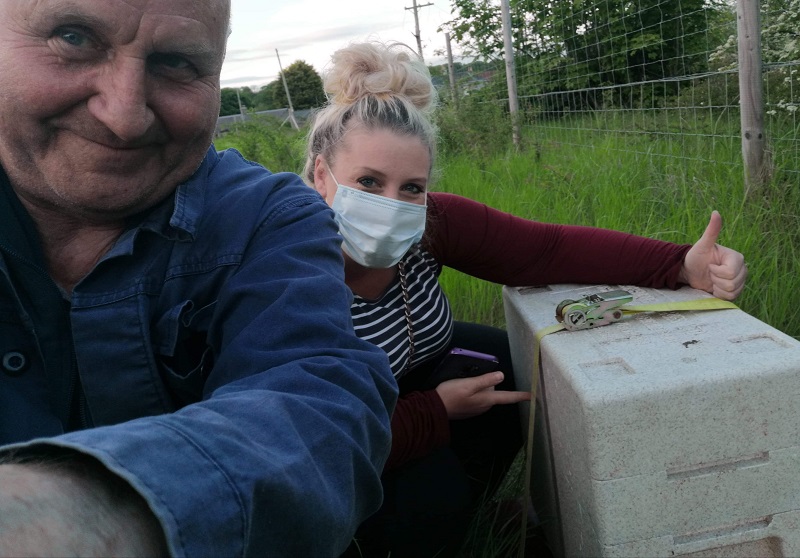
Carolann & John
Whilst performing weekly a hive inspection we look to see if we can spot the queen, which can prove tricky with so many bees moving around the frames. If we cannot spot her, we ensure the hive is queen right by looking for evidence of a laying queen with capped brood, eggs and larvae.
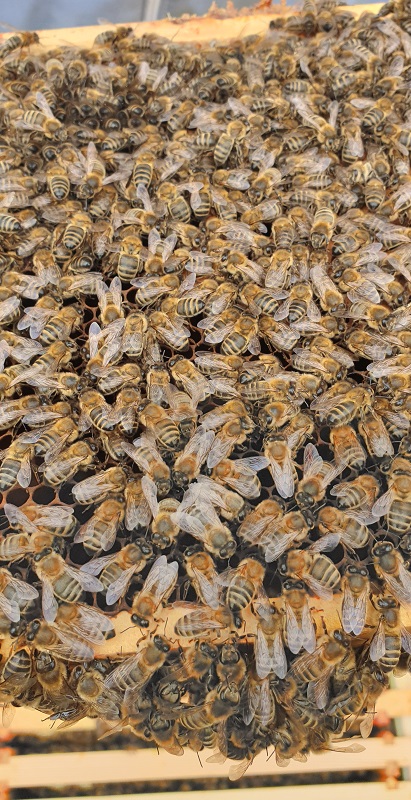
Queen spotting. Hint: she isn’t there!
As a beekeeper it is essential to check for signs of disease when inspecting as there are a host of pests and diseases, some are more serious than others. We always administer preventative treatment to the bees for the pests we can help control, one being Varroa destructor (Varroa mite), a parasitic mite that attacks Apis cerana and Apis mellifera.
Good forage is essential for the bees and it’s really interesting having a look at the pollen colours coming back into the hive as this gives an indication of what they are foraging on, and it seems one of our bees favourites is Phacelia.
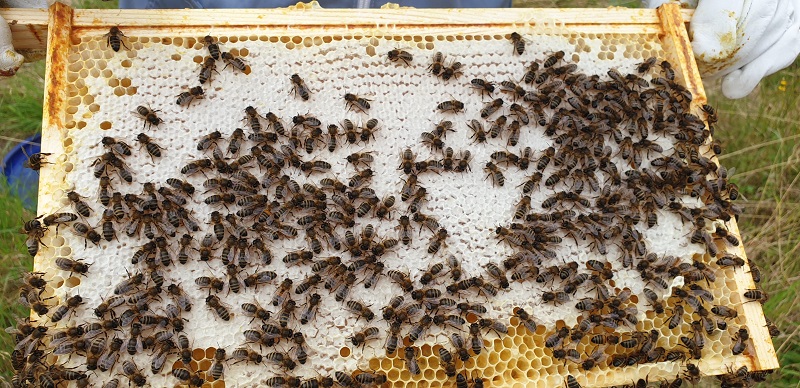
Honeybees filling the frame with capped honey
We have been lucky enough this year that the bees have produced some lovely capped honey, but given that this is their first year in their new national hives we have decided to leave them their honey for over winter. As a rule, we would always leave more than half the honey stores for the bees for their winter clustering beginning when the air temperatures below around 14 degrees. It’s then it’s a nervous wait for beekeepers over winter until next spring to see if our bees have survived.
All images by Carolann Philp
